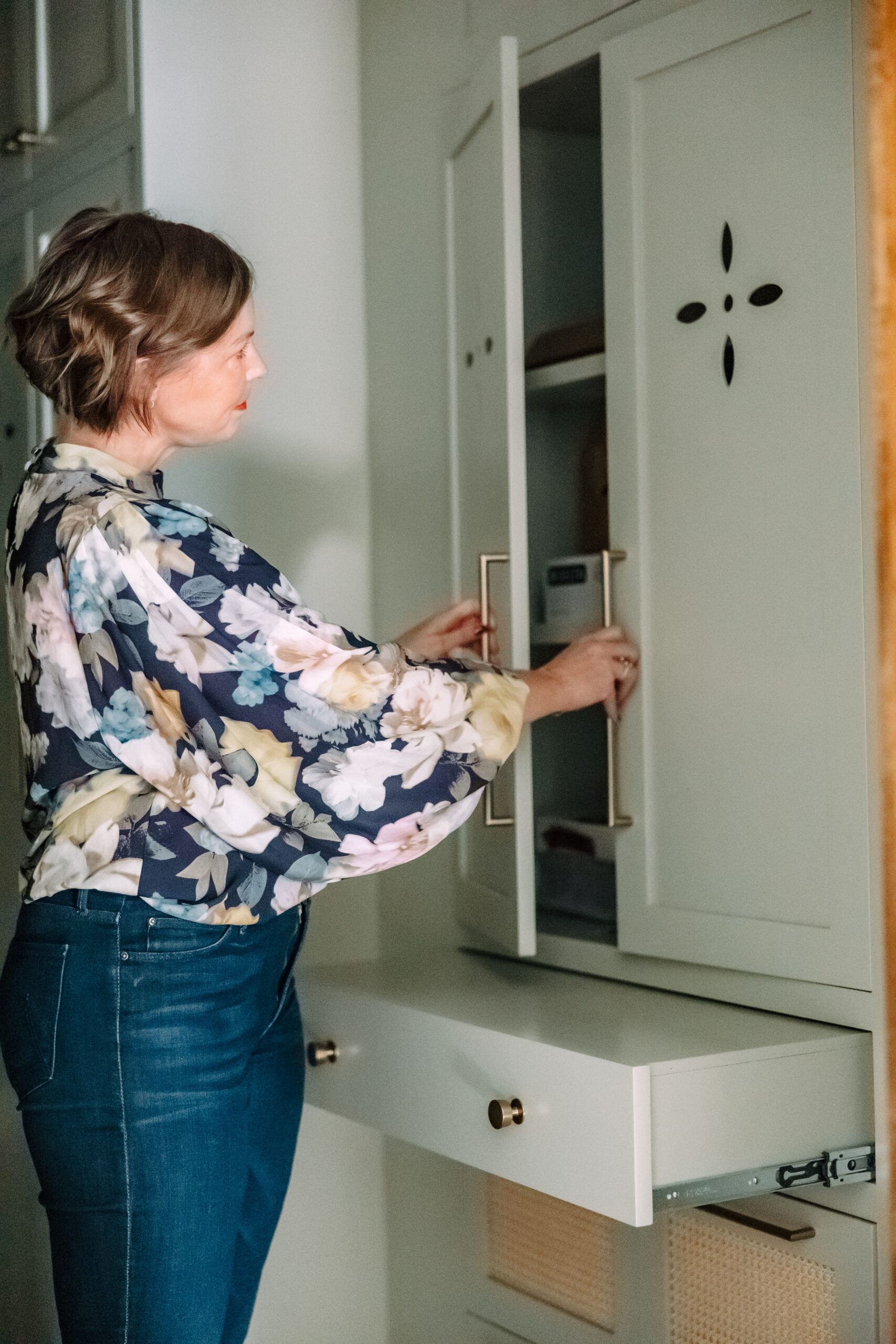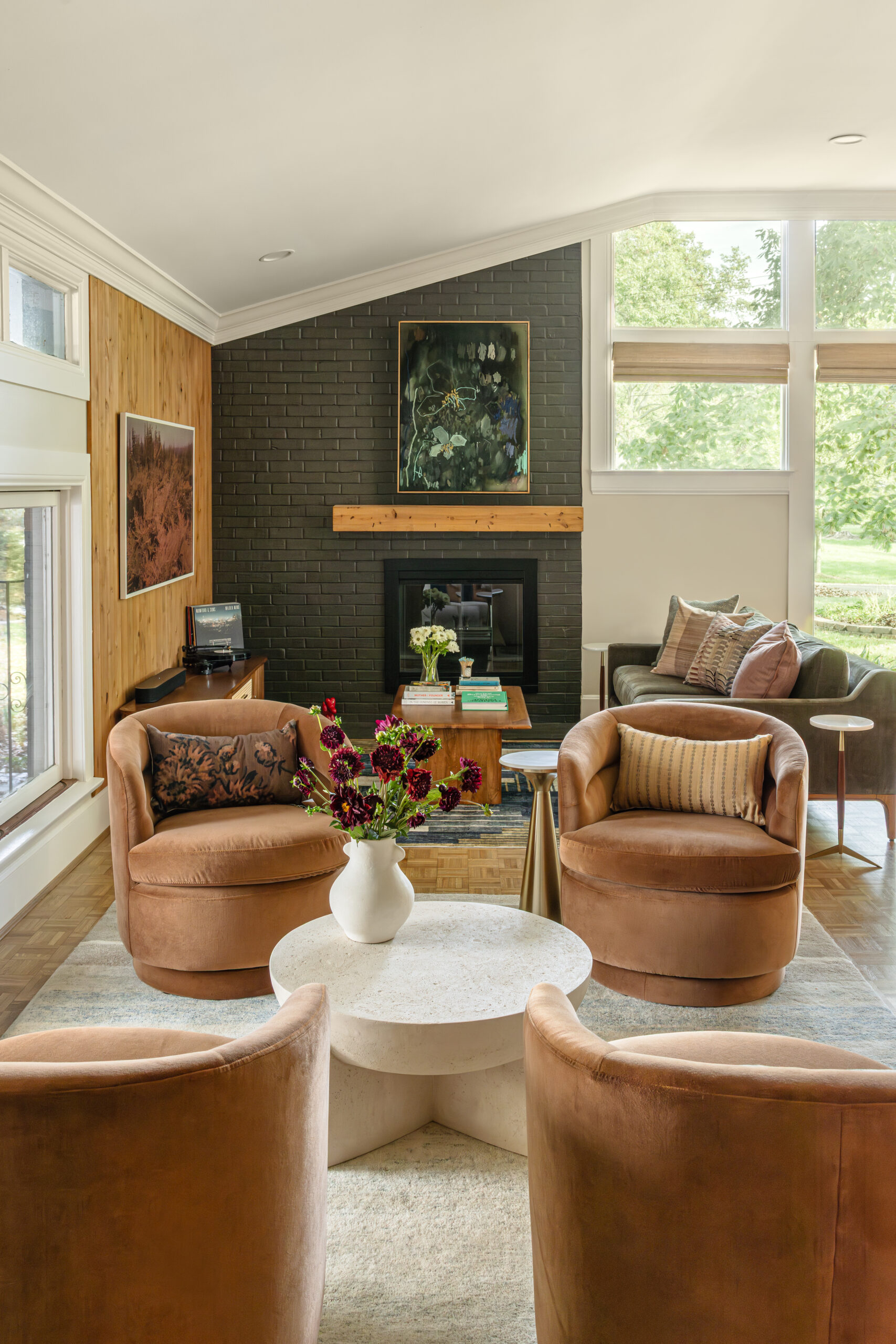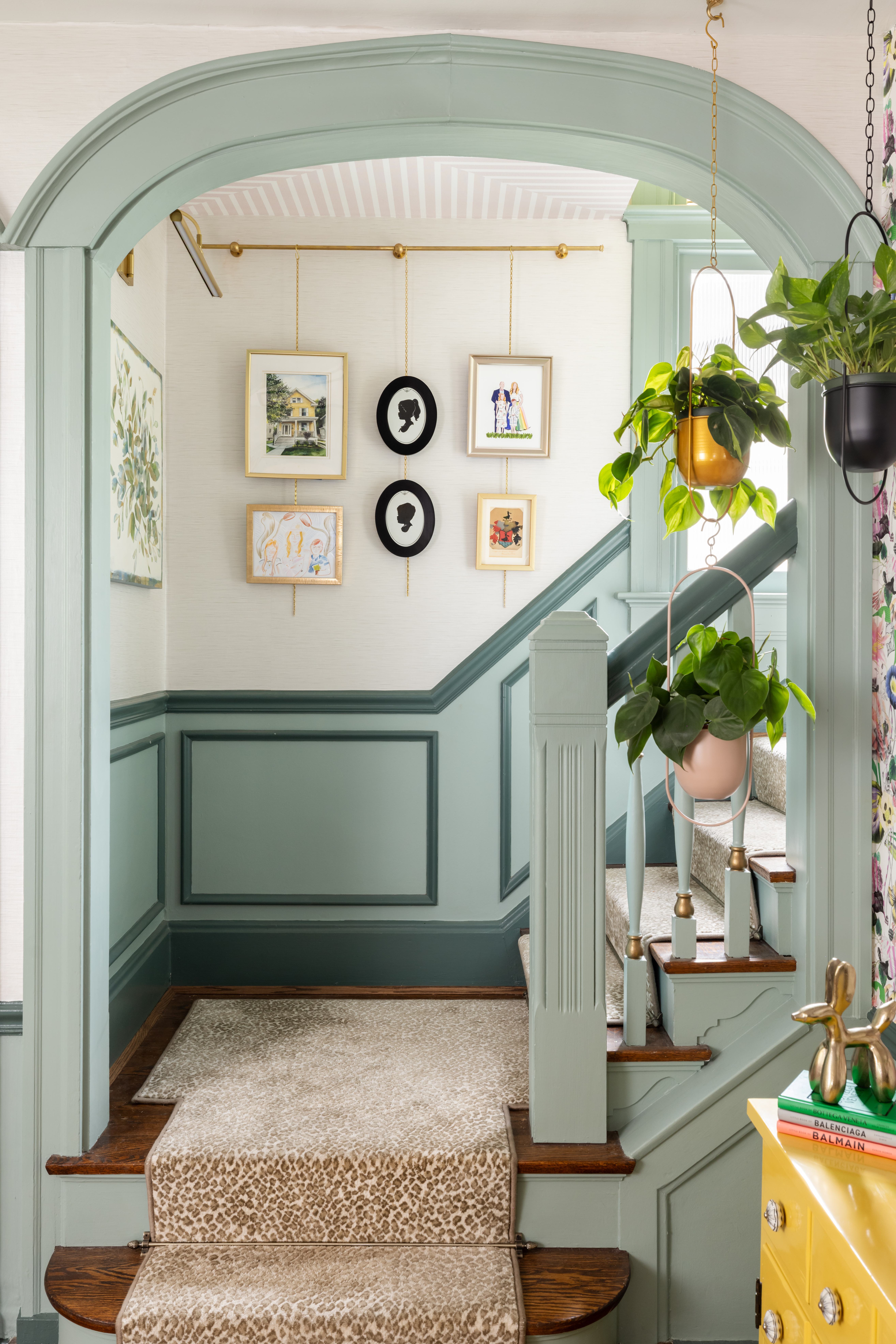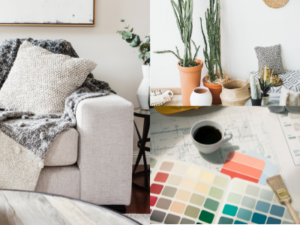Why You Can’t Trust AI Interior Design for Your Home
October 15, 2025
Why Human Expertise Still Matters in Creating Functional, Livable, and Beautiful Spaces
At this point, it feels like AI knows us better than we know ourselves. It turns the thermostat up or down exactly how I like it, suggests movies I didn’t even know existed, and even gives my steering wheel a little nudge when I drift too close to the next lane. All super helpful, right? But here’s the thing—it hasn’t actually crawled into my brain. It only knows what to do because someone told it how. These tools still need input from me to do their job well.

I’ve also seen how new AI design tools can whip up floor plans, color palettes, and furniture layouts in seconds. Impressive? Sure. But here’s the catch, it only works when we feed it information about our preferences and lifestyle. And even then, it doesn’t really understand the subtleties that make a space feel like you. It can pick a sofa that fits the room, but not the one that fits your life, the way you curl up with your dog, the path the morning light takes across your kitchen, or how your family actually uses the space.
Designing a home isn’t just about filling a room with furniture that fits the measurements or choosing a trending color scheme. It’s about understanding the people who will live there, how they move, what they value, and what makes them feel at home. That’s something no algorithm can fully replicate.
1. Flow and Function Are Personal
AI might be able to draw a “balanced” layout, but it doesn’t understand how you live. A designer observes and asks the right questions. “How do you entertain?”, “ Where do your kids drop their backpacks?”, “Do you prefer a wide track arm on your sofa to set your wine glass?”

2. AI Doesn’t Account for Real-Life Scale or Caveats
A rendering might look beautiful on screen, but AI doesn’t always account for sightlines, ceiling heights, or the feasibility of the design. We’ve seen situations where an AI-generated kitchen design placed pendant lights too close to upper cabinets inhibiting the door from opening fully, in laundry rooms where the location of a plumbing fixture does not comply with building codes, or suggested oversized furniture that blocked natural pathways. Fixing those mistakes after installation can be incredibly costly.
A human designer anticipates these issues early, using experience and intuition to balance proportion, flow, and function before a single order is placed.

3. Materials and Construction Details Are Complex
AI doesn’t understand how tile meets hardwood and the necessary transition considerations, how to run electrical for a chandelier in a vaulted ceiling and brace for the weight of the fixture, or which fabrics will fade in direct sunlight and act as a scratching post for Whiskers. These are small details that have big consequences.
Choosing the wrong grout, misjudging countertop overhangs, or selecting a rug that curls at the corners because of the wrong backing are things an experienced designer prevents before they happen.
RELATED POST: Designing a Home That Fits: How to Incorporate Custom Details into Your Home Design.
4. Aesthetics Without Soul Fall Flat
AI can assemble a “Pinterest-perfect” room, but it can’t feel the emotional pull of a child’s artwork framed in the hallway or the desire to mix a family heirloom table into a modern setting. Designers create spaces with layers, personality, memory, and meaning. Those human touches make a space feel collected, not calculated.
The most unique and enjoyable spaces happen when clients lean into what brings them joy, and their designer translates that into form and function. Try getting AI to understand the comfort of your grandmother’s kitchen or the thrill of finding the perfect vintage chair through a few typed prompts.

5. Design Is Collaboration, Not Just Output
At its best, design is a relationship. It’s a conversation, not a command. We listen, adjust, advocate, and guide, making sure every dollar you spend brings you closer to the home you’ve dreamed of. An algorithm can generate thousands of options in seconds, but a human designer knows which one feels right for your life, your family, and your future.
Jackie’s Takeaway
Sure, AI can help speed things up and toss out a few cute ideas, but it doesn’t actually get people. It can’t read the room, literally. A home designed by humans, for humans, just hits different. It feels like you, not like an algorithm with good lighting.



